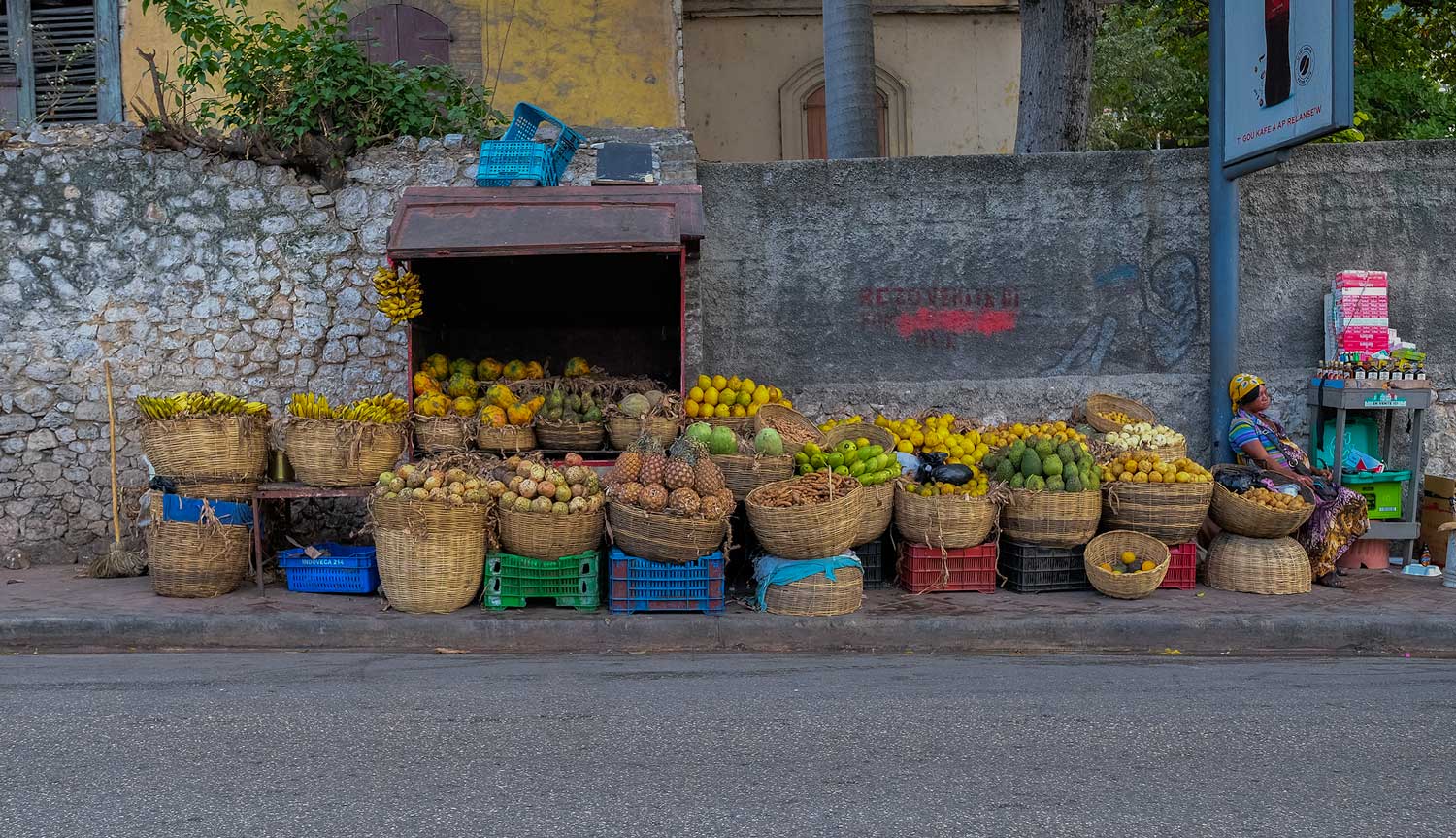
Photo: Franck Fontain
Have You Tried These 7 Haitian Summer Flavours?
Flying to Haiti this summer? You’re in for a treat, and here are seven reasons why.
Here’s our guide to the quintessential Haitian flavors in season at the high point of the year.
If “summer in Haiti” for you is synonymous with refreshing rum punches and cocktails, you’re not wrong! Every summer, Haiti brightens up with the colors of seasonal fruit. Tables at markets, restaurants and homes pile up with fresh fruit fan-favorite vegetables essential for some of the most-loved classic Haitian dishes.
Whet your appetite and test your knowledge of Caribbean cuisine with this list of our seven favorite Haitian summer flavors!
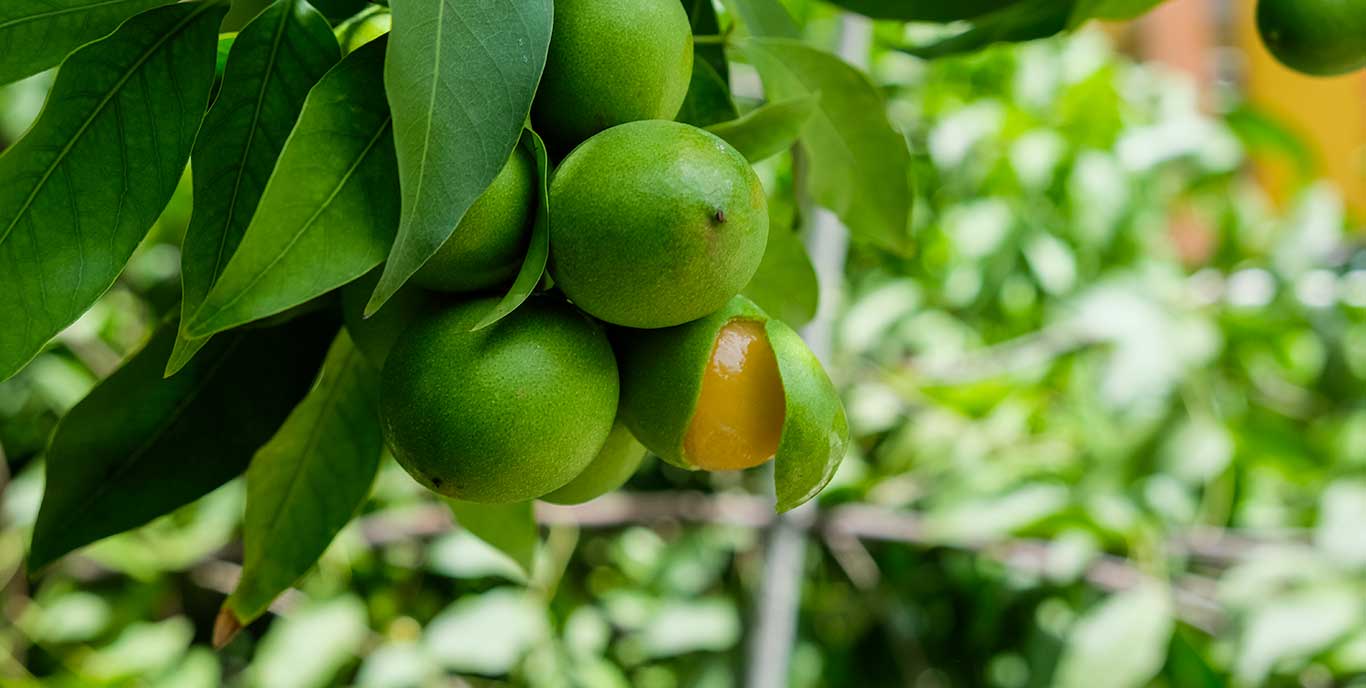
Photo: Franck Fontain
01. Kenèp (Guinep)
This fruit is what summer in Haiti tastes like, in a bite. Everybody on the island eagerly awaits the first harvest of this sweet and juicy fruit. It grows in bunches on gorgeous tall trees, and to eat it, you have to crack the thin shell open with either your teeth or hands, then suck the flesh of the fruit, and spit out the seed, which is about the size of a marble. If you’re visiting anytime between June and August, you’ll be able to try them too, and fall in love.

Photo: Franck Fontain
02. Mango
Mangoes are present year-round in Haiti but as early as the month of March, there are at least 12 different varieties that become available in abundance – mango lovers rejoice! The varieties differ in shape, size, and most importantly, flavor. If you’re new to the mango game, we recommend starting with Mango Baptiste, Mango Francique, and Mango Kòn. Don’t hesitate to ask your host or local fruit vendor for pointers! Haiti is divided into 10 departments, and each department produces its own kind because of differences in weather, which makes for a rich variety to choose from.
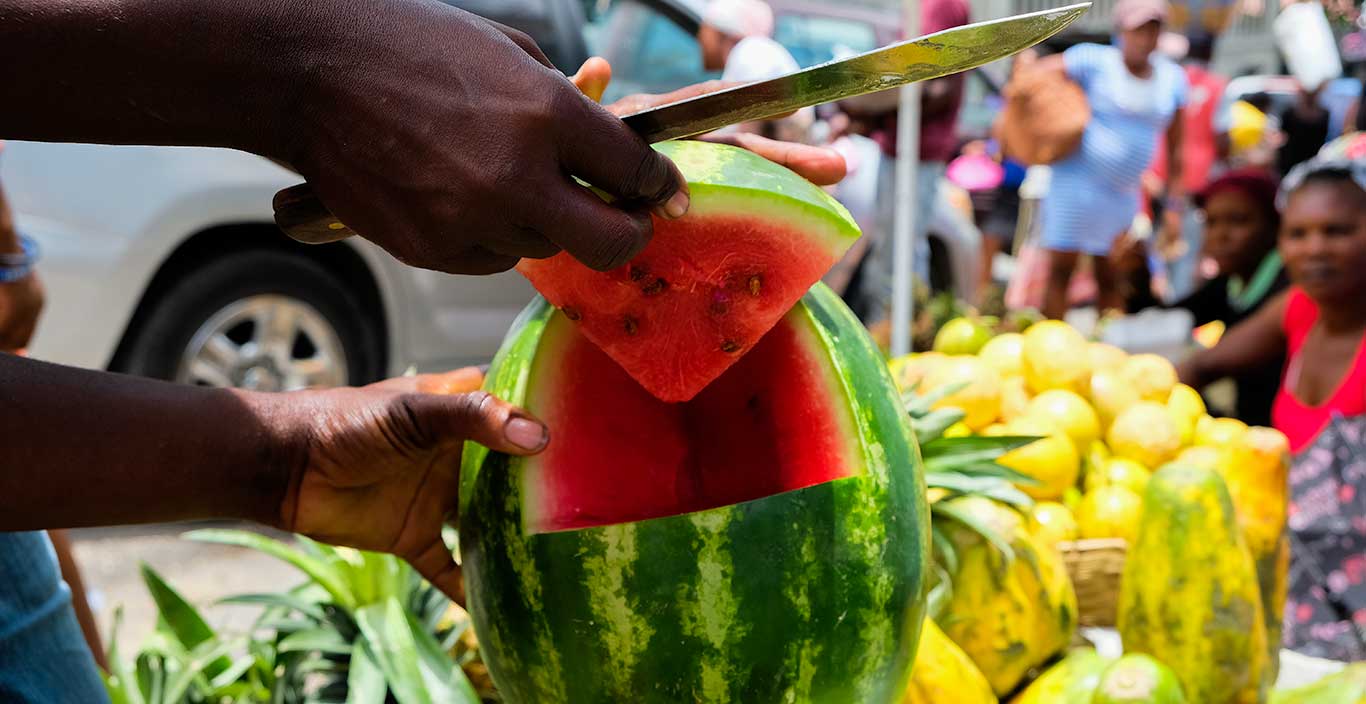
Photo: Franck Fontain
03. Watermelon
If there’s anything we know for a fact, it is that Haiti gets very hot during the summer. Luckily, summer is watermelon season in Haiti, and they are everywhere! There are hardly any fruits that can’t or won’t be transformed into a delicious, refreshing juice during Haiti’s hot summers, and watermelon juice is no exception. The very best feeling after a day out in the city or a hike is that first taste of freshly-squeezed watermelon juice.
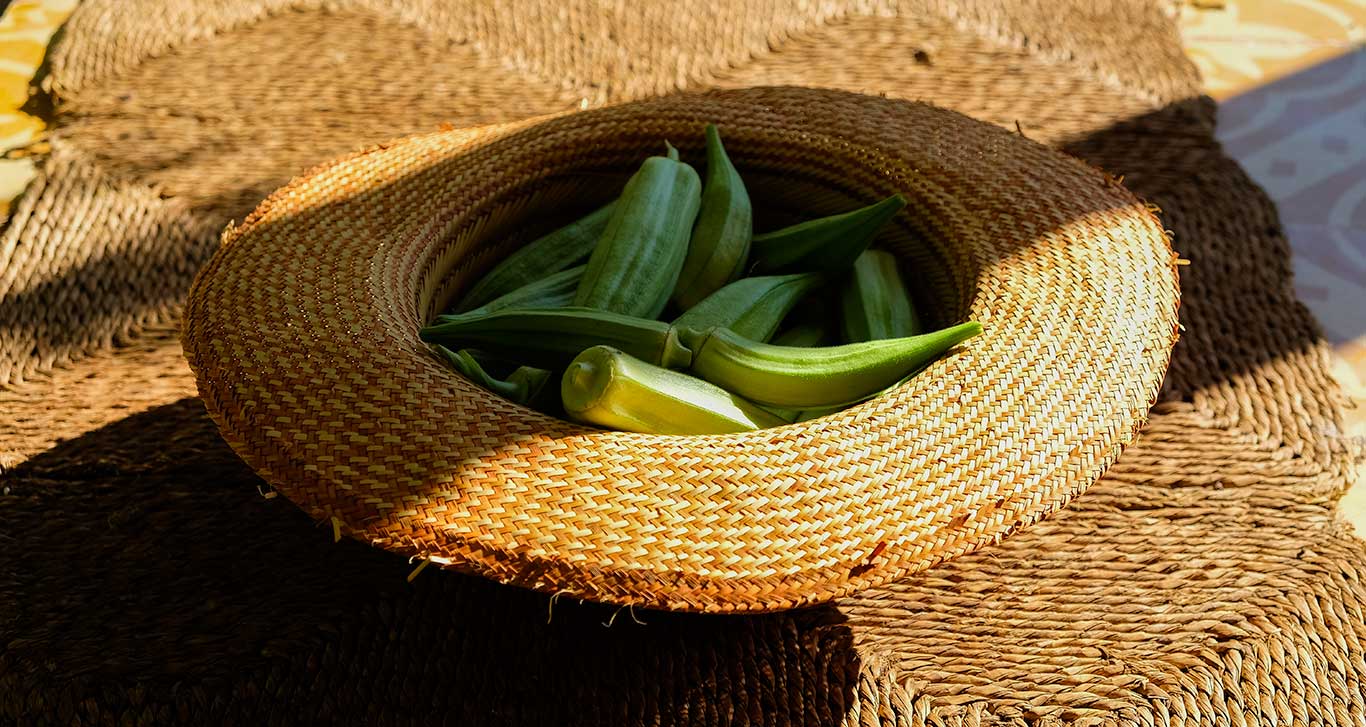
Photo: Franck Fontain
04. Kalalou (Okra)
Green and fuzzy on the outside when raw, kalalou is a typical Caribbean vegetable that turns slimy (but extremely delicious!) when stewed. If you are at all familiar with American Southern cooking, you’ll probably recognize this vegetable in its fried form. In Haiti, however, you’re more likely to find kalalou cooked down into a stew with some meat — usually beef — and served as an accompaniment to a serving of rice and beans. If you want to try something new and unusual during your adventure in Haiti, kalalou stew should be at the top of your must-try list!
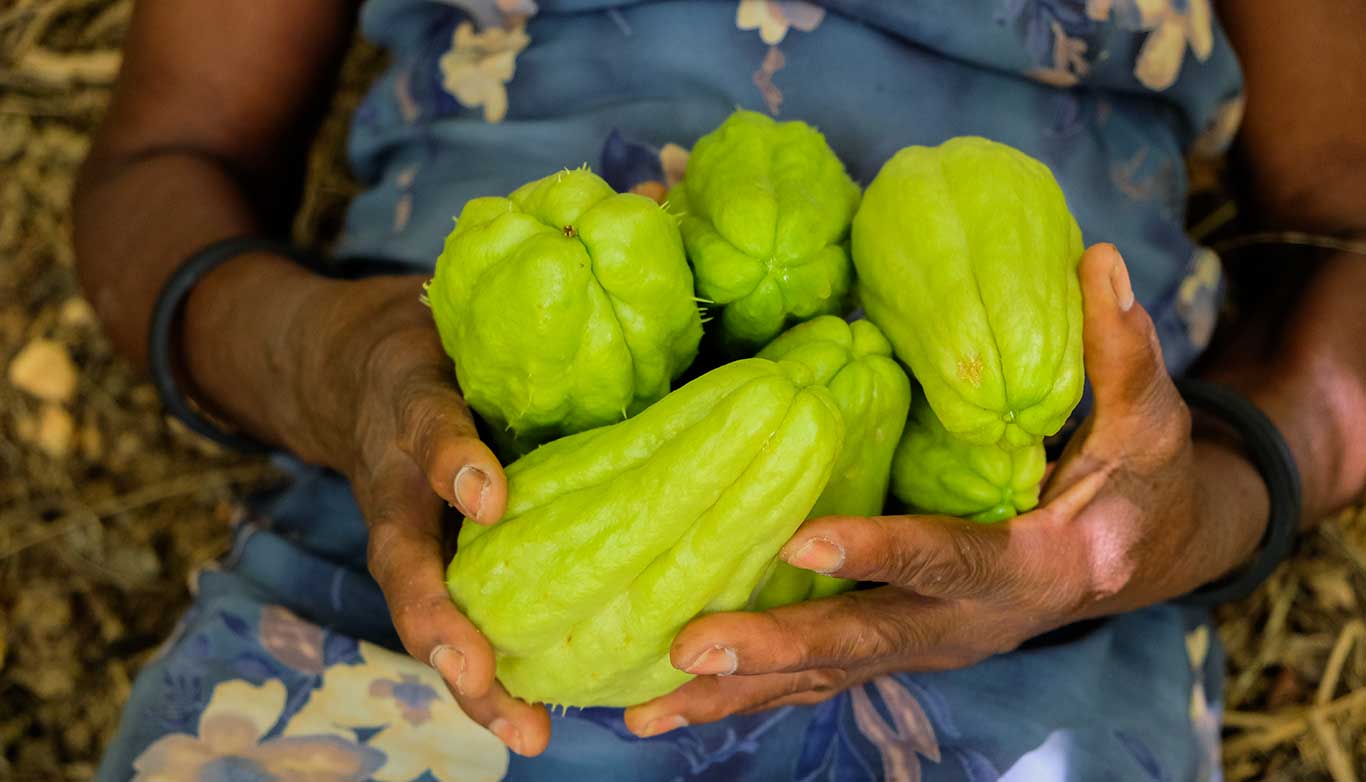
Photo: Franck Fontain
05. Militon (Chayote)
Militon is one of the vegetables that you have to try at least once. It’s a starchy vegetable, so its texture is comparable to that of a potato, but when cooked, it’s much softer and more complex in flavor. In Haiti, it’s commonly eaten as part of a meat stew, or a gratinée, meaning that it’s baked with cheese and a béchamel sauce. With the right spices, the right amount of crunch and the perfect portion of cheese, gratinée is a great introduction to militon and will prepare you for different, more adventurous preparations.

Photo: Franck Fontain
06. Kowosòl (Soursop)
Kowosòl is another summer staple fruit. Its consistency is very close to that of an unripe pineapple. The fruit has small thorns on the outside but slices open to reveal rich, white, fragrant flesh. Although one can eat kowosòl (sometimes called corossol) as is, it’s usually blended into a juice with either milk or water and sweetened to taste. Best enjoyed on a breezy balcony on a beautiful hot day.
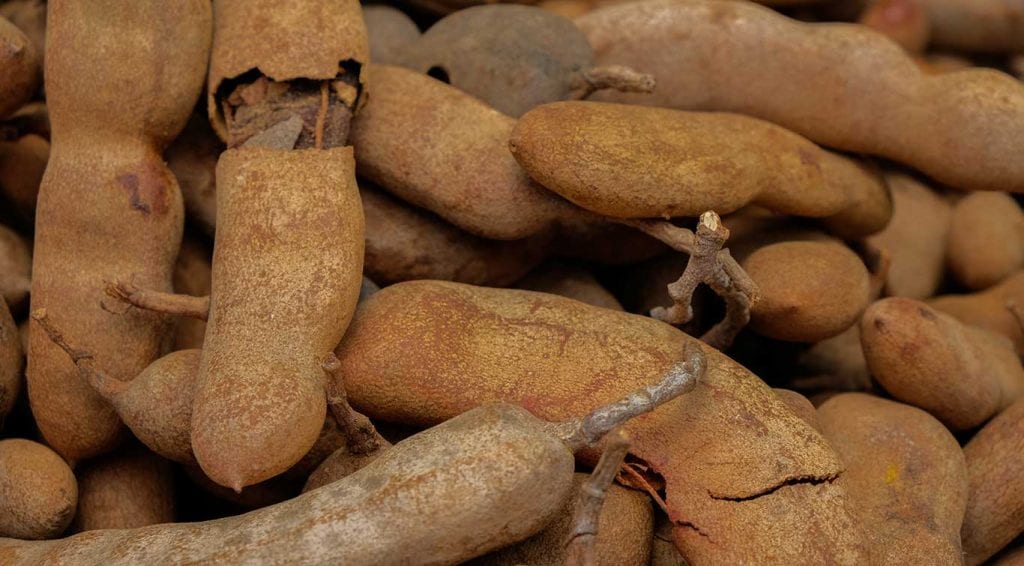
Photo: Franck Fontain
07. Tamarind
If tangy flavors are your thing, this summer fruit is right up your alley. Tamarind is hugely popular in Haiti and while the tanginess can make this flavor divisive, it has some very loyal fans. Some people who love this fruit swear by its benefits: it’s rich in antioxidants, is said to fire up your metabolism, and is apparently great for your skin too! Who knew?
Used in curries and desserts across Asia, tamarind is most often consumed in Haiti as a juice. During tamarind season, you’ll be able to find tamarind juice at most restaurants and hotels. Enjoy!
Written by Kira Paulemon.
Published February 2020
Explore more food and drink in Haiti

Paradise for your inbox
Your monthly ticket to Haiti awaits! Get first-hand travel tips, the latest news, and inspiring stories delivered straight to your inbox—no spam, just paradise.

